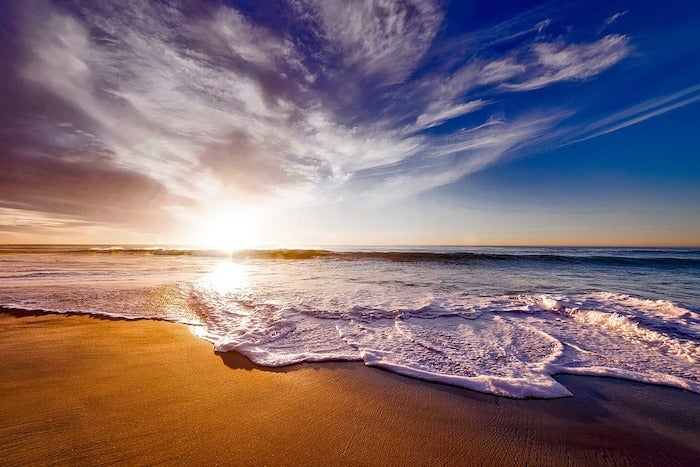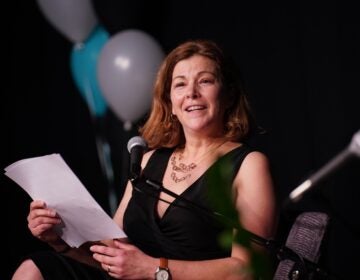The Summer Solstice Beckons
Listen 04:43
Daylight lasts 14 hours and 52 minutes now, and the rate at which we’re gaining daylight is slowing dramatically. The rate at which we gain daylight slows about 3 seconds per day so by the 21st, we’re at zero gain. The mechanics? We’re slowly coming to a point in our solar orbit where the North pole of Earth has its greatest degree of tilt toward the sun. This gives Northern hemisphere-dwellers our ‘longest’ day because the sun’s path travels its longest arc across the sky. On that day, the sun reaches its highest noon point. If you lived near George Town on Exuma in the Bahamas, on June 21, the sun would be directly overhead at noon. A great circle around the globe connects all points where the sun would appear overhead at noon on that day. The next day June 22, we lose 3 seconds of daylight here at our latitude near Philadelphia. We can talk about approaching mid-summer next week as we approach the solstice.
In our solar system, 175 moons orbit 8 planets. Researchers from UC Riverside and the University of Queensland have identified 121 exoplanets that have orbits in their star’s habitable zone that could have large enough moons that might be capable of supporting life.
Venus and Jupiter are visible just after sunset. Mars and Saturn appear just after midnight. Saturn hangs right above Sagittarius.
WHYY is your source for fact-based, in-depth journalism and information. As a nonprofit organization, we rely on financial support from readers like you. Please give today.




